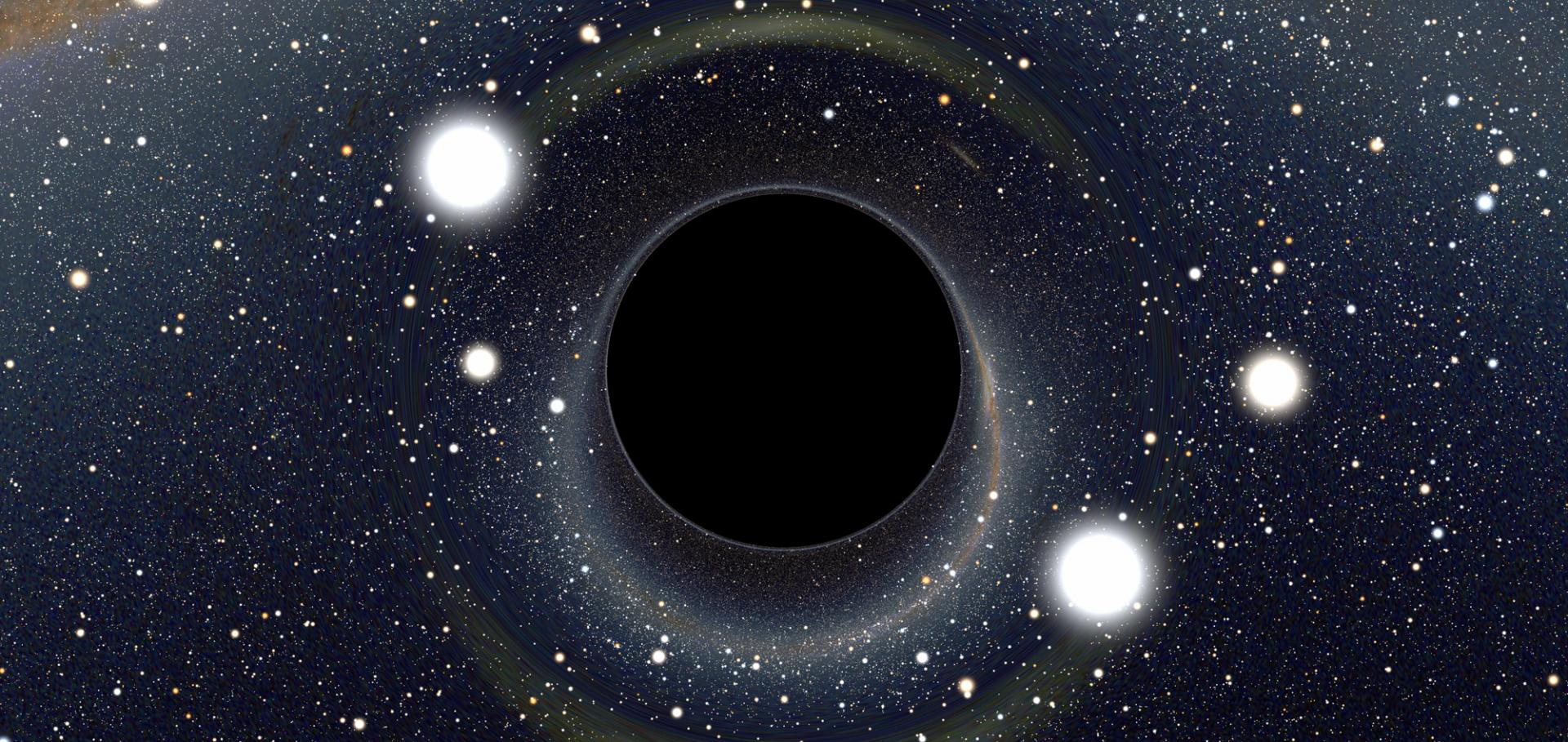Search for the Optical Counterpart of Einstein Probe–discovered Fast X-Ray Transients from the Lulin Observatory
The Astrophysical Journal: Supplement Series American Astronomical Society 281:1 (2025) 20
Abstract:
The launch of the Einstein probe (EP) mission has revolutionized the detection and follow-up observations of fast X-ray transients (FXTs) by providing prompt and timely access to their precise localizations. In the first year of its operation, the EP mission reported the discovery of 72 high signal-to-noise FXTs. Subjected to the visibility in the sky and weather conditions, we search for the optical counterparts of 42 EP-discovered FXTs from the Lulin Observatory. We successfully detected the optical counterparts of 12 FXTs, and five of those were first discovered by us from the Lulin Observatory. We find that the optical counterparts are generally faint (r > 20 mag) and decline rapidly (>0.5 mag day−1). We also find that 12 out of 42 FXTs show direct evidence of their association with gamma-ray bursts (GRBs) through significant temporal and spatial overlapping. Furthermore, the luminosities and redshifts of FXTs with confirmed optical counterparts in our observations are fully consistent with the faintest end of the GRB population. However, the nondetection of any associated optical counterpart with a significant fraction of FXTs suggests that EP FXTs are likely a subset of the so-called “dark FXTs,” similar to “dark GRBs.” Additionally, the luminosities of two FXTs with confirmed redshifts are also consistent with jetted tidal disruption events (TDEs). However, we find that the optical luminosities of FXTs differ significantly from typical supernova shock breakout or kilonova emissions. Thus, we conclude that a significant fraction of EP-discovered FXTs are associated with events having relativistic jets; either a GRB or a jetted TDE.EP 250108a/SN 2025kg: Observations of the Most Nearby Broad-line Type Ic Supernova Following an Einstein Probe Fast X-Ray Transient
The Astrophysical Journal Letters American Astronomical Society 988:1 (2025) L13
Abstract:
With a small sample of fast X-ray transients (FXTs) with multiwavelength counterparts discovered to date, their progenitors and connections to γ-ray bursts (GRBs) and supernovae (SNe) remain ambiguous. Here, we present photometric and spectroscopic observations of SN 2025kg, the SN counterpart to the FXT EP 250108a. At z = 0.17641, this is the closest known SN discovered following an Einstein Probe (EP) FXT. We show that SN 2025kg’s optical spectra reveal the hallmark features of a broad-lined Type Ic SN. Its light-curve evolution and expansion velocities are comparable to those of GRB-SNe, including SN 1998bw, and two past FXT-SNe. We present JWST/NIRSpec spectroscopy taken around SN 2025kg’s maximum light, and find weak absorption due to He I 1.0830 μm and 2.0581 μm and a broad, unidentified emission feature at ∼4–4.5 μm. Further, we observe broadened Hα in optical data at 42.5 days that is not detected at other epochs, indicating interaction with H-rich material. From its light curve, we derive a 56Ni mass of 0.2–0.6 M⊙. Together with our companion Letter, our broadband data are consistent with a trapped or low-energy (≲1051 erg) jet-driven explosion from a collapsar with a zero-age main-sequence mass of 15–30 M⊙. Finally, we show that the sample of EP FXT-SNe supports past estimates that low-luminosity jets seen through FXTs are more common than successful (GRB) jets, and that similar FXT-like signatures are likely present in at least a few percent of the brightest Type Ic-BL SNe.SN 2023zaw: The Low-energy Explosion of an Ultrastripped Star
The Astrophysical Journal Letters American Astronomical Society 980:2 (2025) L44
Abstract:
Most stripped-envelope supernova progenitors are thought to be formed through binary interaction, losing hydrogen and/or helium from their outer layers. Ultrastripped supernovae are an emerging class of transient that are expected to be produced through envelope stripping by a neutron star companion. However, relatively few examples are known, and the outcomes of such systems can be diverse and are poorly understood at present. Here we present spectroscopic observations and high-cadence, multiband photometry of SN 2023zaw, a rapidly evolving supernova with a low ejecta mass. SN 2023zaw was discovered in a nearby spiral galaxy at D = 39.7 Mpc. It has significant Milky Way extinction, E(B − V)MW = 0.21, and significant (but uncertain) host extinction. Bayesian evidence comparison reveals that nickel is not the only power source and that an additional energy source is required to explain our observations. Our models suggest that an ejecta mass of Mej ∼ 0.07 M⊙ and a synthesised nickel mass of MNi ∼ 0.007 M⊙ are required to explain the observations. We find that additional heating from a central engine, or interaction with circumstellar material, can power the early light curve.Analysis of the JWST spectra of the kilonova AT 2023vfi accompanying GRB 230307A
Monthly Notices of the Royal Astronomical Society (2025) staf287
Identification of the Optical Counterpart of the Fast X-Ray Transient EP240414a
The Astrophysical Journal Letters American Astronomical Society 978:2 (2025) L21


